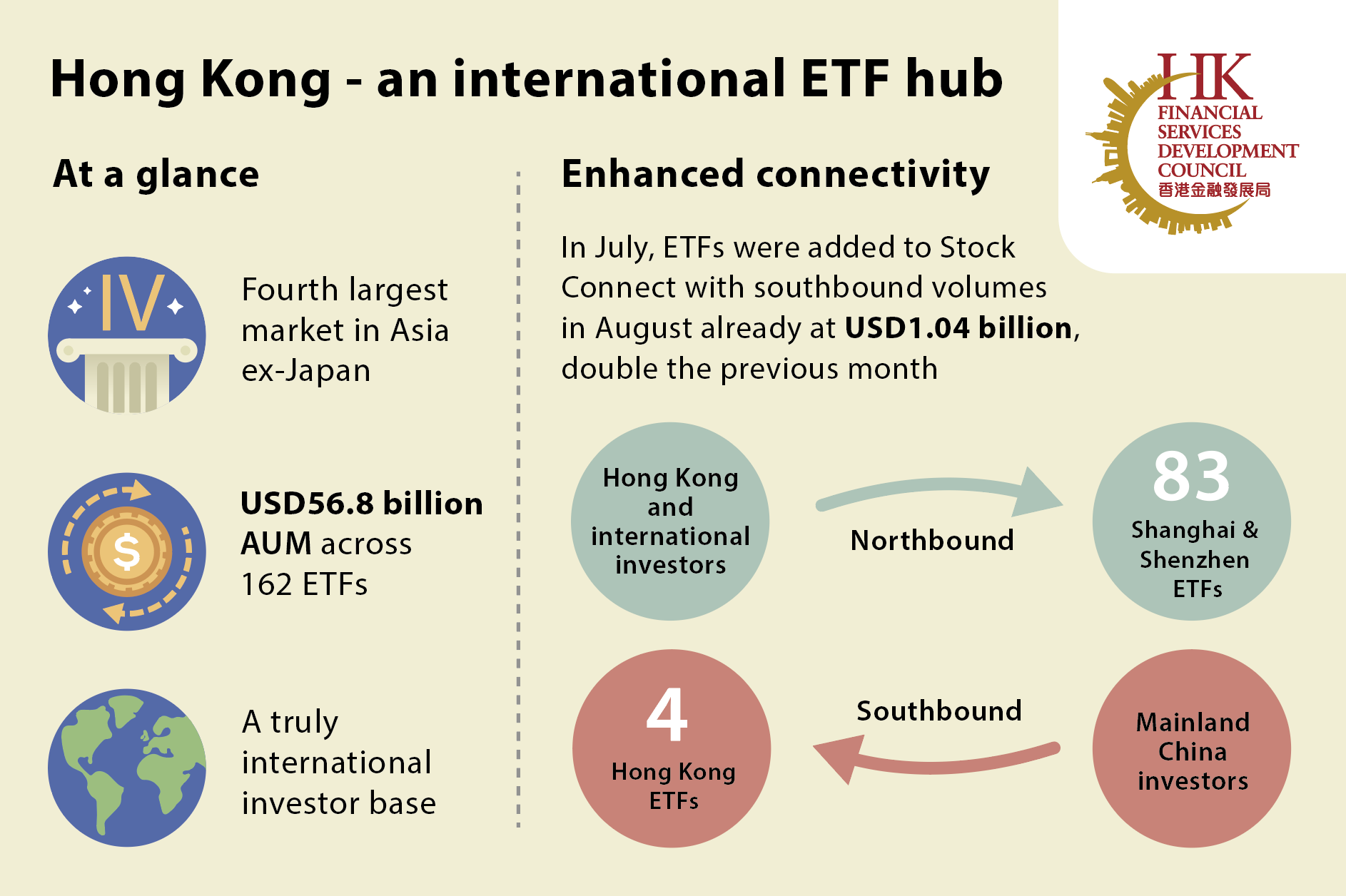Alright, let’s cut through the noise. Gold is dancing on a high wire, and the short-term selling pressure isn’t cracking the underlying bullish structure. This is crucial. The fact that ETF funds are stepping in to buy the dips is a powerful signal – don’t underestimate it. It whispers of continuation, folks.

Now, let’s dive deeper into what’s going on with gold. Support and resistance levels, tracked through order flow analysis, are where the real battles are fought. When we see consistent buying at dips, like we’re currently observing with gold ETFs, it suggests institutional confidence.
Meanwhile, the British Pound is seizing the opportunity presented by a weakening dollar. Frankly, it should be. It’s consolidating gains, and my analysis suggests it’s gearing up for another push higher. Don’t be surprised to see further upside.
Understanding Order Flow: A Quick Primer
Order flow is the backbone of market movement. It represents the actual buy and sell orders flowing through exchanges. Analyzing this data reveals where institutional investors are positioning themselves.
Strong support levels are identified when buy orders cluster. Conversely, resistance forms where sell orders congregate. These areas are critical for traders to identify potential entry and exit points.
Order flow isn’t just about spotting levels; it’s about understanding why those levels are forming. Is it genuine demand, or simply short covering? Responsible traders need to dig deeper to uncover this.
For those wanting to really sharpen their edge, understanding the intricacies of order flow can translate to consistently more informed, profitable decisions. Remember, the market speaks… you just need to learn to listen. I’ve mapped out these key levels based on the latest order flow data – check it out to stay ahead of the curve!





